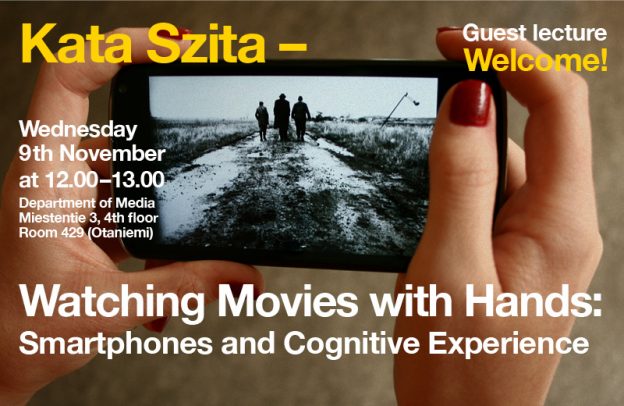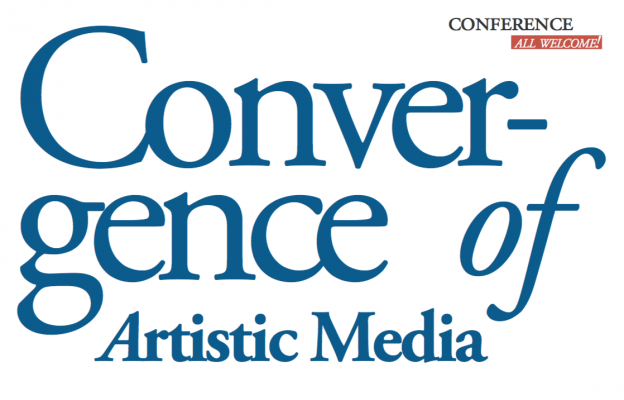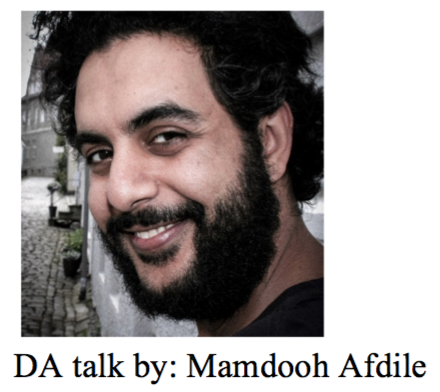Welcome to an open lunch lecture
Watching Movies with Hands:
Smartphones and Cognitive Experience
by Kata Szita
WEDNESDAY 9 NOVEMBER 2016
at 12.00 – 13.00
Department of Media
Miestentie 3, Otaniemi
4th floor, room 429
Abstract:
Smartphones are often described as something that extends the user’s body, but what does this contact mean in terms of film experience? The emerging discipline, which deals with the application, advantages and drawbacks, social and economic effects of mobile usage is often limited either to user behavior (such as forms of communication or consumption) or to the interface (interface design, affordances), but rarely focuses on the cognitive impact of the user-device interaction. Using interdisciplinary approaches, in my doctoral thesis I attempt to turn the spotlight on how this interaction affects film and video experience, and how it requires new viewing strategies from the users’ side, and potential new strategies from the content producers’ side.
The thesis borrows concepts from cognitive, behavioral, and developmental psychology in order to describe how spectators evolve with the new media environment, and what factors inform this development for a generation in the age of digital cinema and portable screens; it applies semantic and media archeological points of view to highlight the way smartphone interfaces remediate older media (among others the cinema screen); it turns to ecological psychology, game studies, and concepts around haptic interfaces to define the immersive and interactive nature of film experience within various virtual and physical spaces; and lastly, presents the empirical findings—the impact of smartphone film experience on physiological responses.
The empirical section of the thesis seeks answers to how audiovisual footages, such as mobile-distributed movies, commercials, and videos can communicate in the most effective way. In this experiment volunteers are asked to watch approximately 8-10 minutes’ footages of a set of English-speaking commercial movies on a smartphone, while their eye movements, heart rate, skin conductance, and pupil dilation is measured in correlation with their eventual interaction with the device/video player application. The experiment is being designed to measure what effects the screen size, the physical connection between the user’s body and the device, the multiple viewing options that mobile video players offer, and most importantly, the active environments in which smartphones are typically used have on attention, engagement, and the feeling of presence.
 Kata Szita is a visiting researcher at the Department of Media at Aalto University, and a PhD candidate in Film Studies at the University of Gothenburg with an interest in neurocinematics, cognitive film studies, and empirical methods like eye tracking. In her PhD thesis she uses these approaches to describe the relocation of cinema onto smartphones, and investigates the role of social development in adapting to the newest viewing conditions. Besides having an extensive practical experience in filmmaking and television production, Szita holds a Master’s degree in Cinema and Media Studies and received her undergraduate education in Sociology and International Relations.
Kata Szita is a visiting researcher at the Department of Media at Aalto University, and a PhD candidate in Film Studies at the University of Gothenburg with an interest in neurocinematics, cognitive film studies, and empirical methods like eye tracking. In her PhD thesis she uses these approaches to describe the relocation of cinema onto smartphones, and investigates the role of social development in adapting to the newest viewing conditions. Besides having an extensive practical experience in filmmaking and television production, Szita holds a Master’s degree in Cinema and Media Studies and received her undergraduate education in Sociology and International Relations.
The lecture is open for all at Aalto University.
Welcome!







